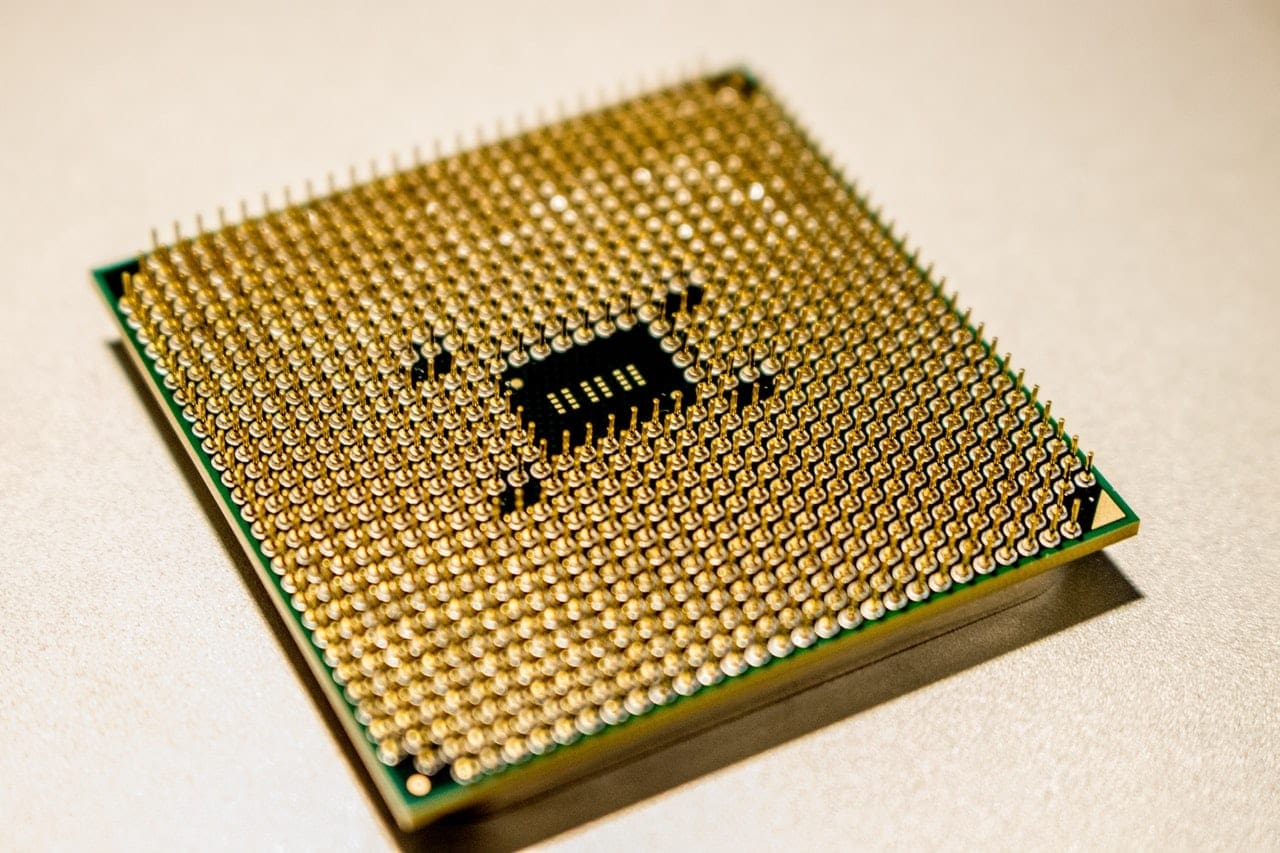A CPU or Central Processing Unit is the main processor of a computer. CPUs were traditionally designed to be a single processor that could perform a single process at a time. A multi-core CPU changes this design architecture to include multiple processor cores on a single CPU. Having multiple processing cores allows a CPU to run multiple independent tasks at the same time.
Theoretically having a second processor core in a CPU should result in double the performance of a single core. In practice, however, the performance gains are not as clear cut. A CPU with two cores can run two different programs at the same time. For an individual piece of software to see a speed increase, however, it has to be designed to take advantage of multiple processor cores. Unfortunately, designing logic for multiple simultaneous processes is difficult and, in some cases, impossible.
Many modern programs still don’t make good use of multiple processors and only use one processor core. There are however plenty of examples of software that can use multiple processor cores. Some software, such as video encoders, are able to take advantage of as many cores as the CPU can offer. The performance boost you’ll see form a multi-core CPU really depends on the type of work you are doing and the software you use to do it.
Simultaneous Multi-Threading
Another technology called Simultaneous Multi-Threading or SMT allows a single physical core to be separated into two logical processors. The extra logical processors that SMT provides doubles the number of threads a CPU can run per CPU cycle.
Tip: A thread is a sequence of instructions that are managed by a scheduler. On a CPU with SMT two threads can be scheduled to run in a single cycle.
A CPU that supports SMT but only has one physical processor core isn’t considered a true multi-core processor. This distinction is mostly moot however as almost no modern CPUs only have one physical CPU core.
Tip: On Intel CPUs, SMT is branded as “Hyper-threading”.
History
The first multi-core CPU, the Power 4, was released by IBM in 2001 but it wasn’t until 2005 that Intel and AMD brought the first multi-core CPUs to the consumer PC market in the form of the Pentium D and the Athlon 64 X2 respectively.
Over the next decade or so, two-, four-, and six-core processors became mainstream. Consumer-grade CPU core counts didn’t generally increase again until the release of AMD’s “Threadripper” CPUs which initially offered up to 16 cores and 32 threads in 2017. The Threadripper brand continued pushing higher core counts by releasing a 32 core, 64 thread model in 2018 and then a 64 core, 128 thread model in 2019.
Intel has been relatively slow to offer comparable desktop models to compete with AMD’s Threadripper platform. Intel’s highest core count CPU in 2019 only offered 18 cores and 36 threads.



